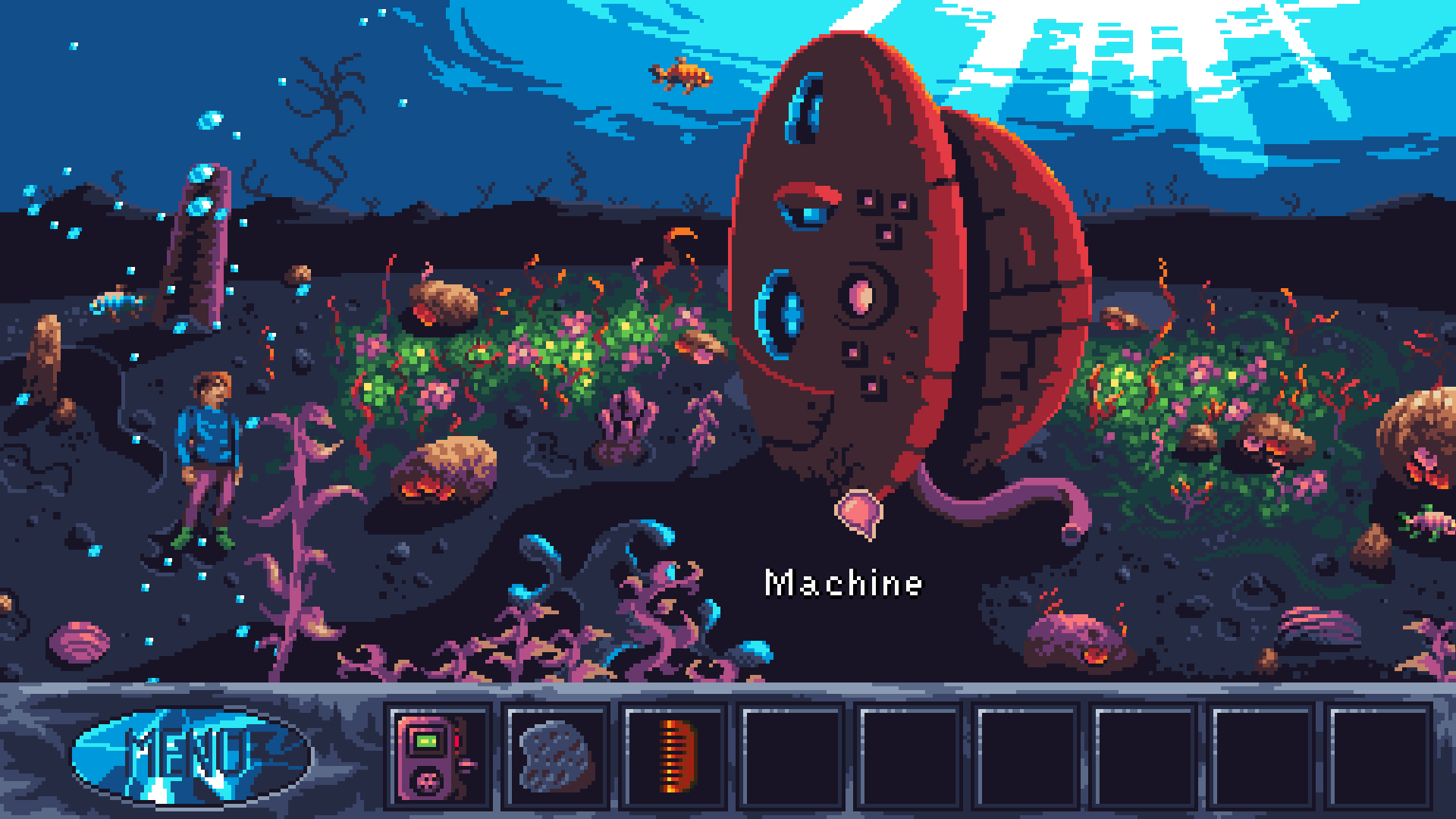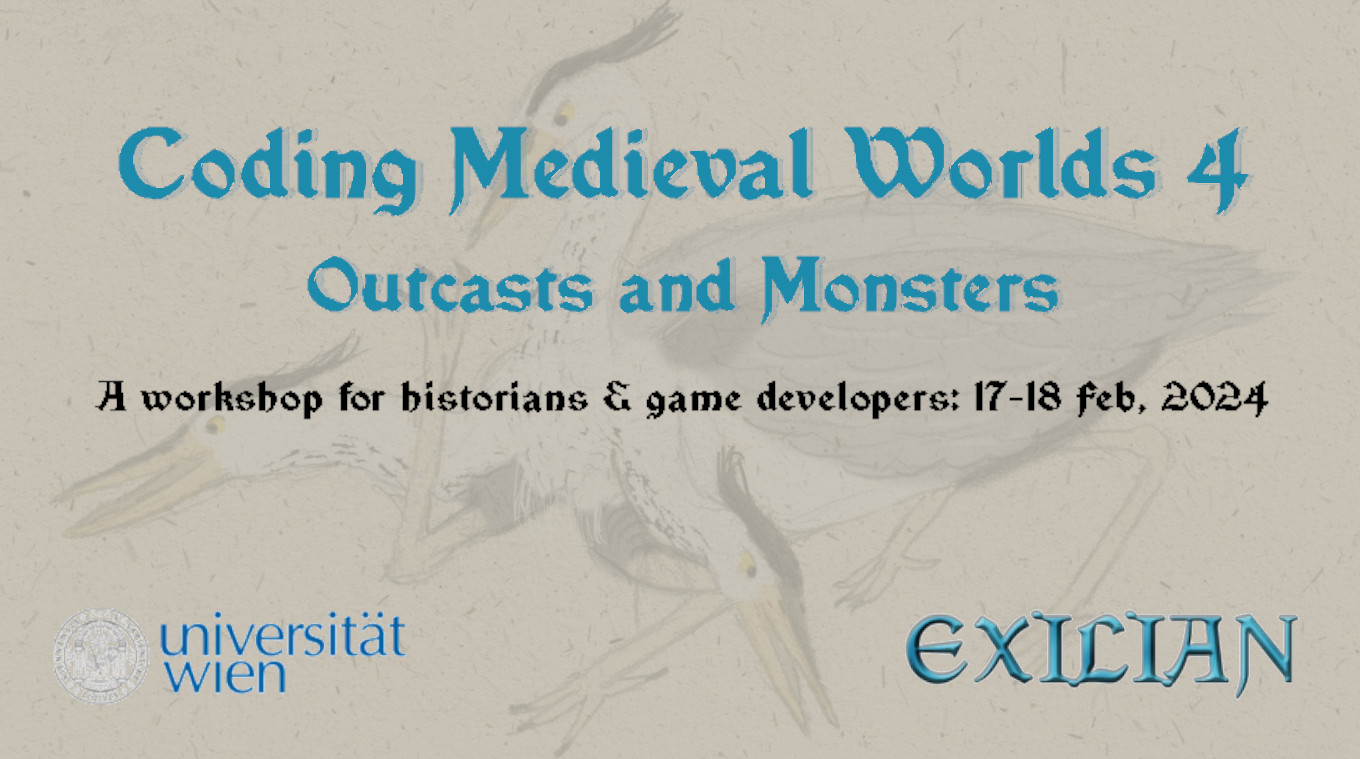Other equivalently big franchises of games have their own thread, and I'm playing Fallout 4 now thanks to Tuco, of this parish (or at least of this parish's pub) who kindly got the game for me.
I think I'm about at the halfway mark for the main quest, though I've hit level thirty by doing slightly more "radiant" quests than I probably needed to (that's the quest design system where you get formula quests with randomly assigned locations to clear/do things at: Skyrim does similar with its barrows etc). Of the game's four main factions, I'm working for the two least authoritarian ones, as you might expect, and my character is dating the nearby post-apocalyptic "city"'s foremost and indeed only journalist and is best friends with a robot in a synthetic human body who is a medical nerd.
Things I've been enjoying with Fallout: I'm definitely liking the capacity to build and design settlements and their defences. I have a few quibbles about the system but generally it works really very well. I think the main drawback of this and the Minutemen parts of the game is the spiralling micromanagement: rather than feeling like I'm building a bigger and more successful volunteer army and overall system, instead I'm feeling more and more stretched as I, personally, get asked to run around building yet more machine gun posts for every small farm in post-apocalyptic eastern Massachussetts. It'd be nice to be able to feel like you're more in a command role with some of that stuff (the castle mission and sections were good on that front but the rest has gotten a little grinding on occasion). But anyway, designing the buildings themselves and making rooftop bars for my post-apocalyptic citizens is something I enjoy a lot.
I think there's enough lightness in the setting for it to work, whereas I think I'd feared it would all come across a bit darker. I'd probably slightly tone down the gore in places by personal preference but I accept I'm at the low-tolerance end of the market there. Things like the occasional chasing down cats quest definitely help break up the shooty gameplay, and I'd probably have liked a ratio further in that direction with if anything less combat and more dialogue. I love the fact that companions are more fleshed out than in Skyrim (which, as the other Bethesda game of that generation, is the obvious comparison), though I'd have liked even more there probably. That said, I accept that combat is in a sense much easier to produce more of than interesting quests, so there's that.
I also actually think that the thought put into post-apocalyptic society is interesting in places (though really lacking in others). On the minus side the usual raider/civilian ratio being miles off thing is present, and it does repeatedly strike me as weird how the whole setup is visibly not more than a year after the bombs hit but in game it's actually two hundred years (in which time nobody has moved any of the dead bodies and there has been no soil erosion whatsoever). I think the game would feel like it made more sense if it was more like a hundred than two hundred years, or if there'd been a bit more of an attempt to think about what 200 years looks like. But if we handwave that, the society stuff I like, in particular the thing of people retreating to live in more densely packed centres within older buildings: "Diamond City", which is built in the ruins of a baseball stadium, is doing precisely what people actually did historically in periods of stark de-urbanisation: in
Arles, this even happened with an amphitheatre and I wonder if this was a historical nod. I have some thoughts on how one could have made some of this more interesting, especially since if you do have 200 years to play with then you start getting into questions of whether e.g. some raider groups might actually have ended up with hereditary leadership etc (and it'd be interesting to contrast the cosplay-knighthood of the very very unfuedal Brotherhood with a situation where an actual warrior leadership class was emerging in parts of the game world). So that's all something I've found interesting to mull over.
Anyway, there's a good amount still to do (for those who know, I'm at the "go to CIT" stage of main quest) but I'm away this week so I'll report on my feelings on the ending sometime in May probably! And I'll share screenshots then if I have time too.





















